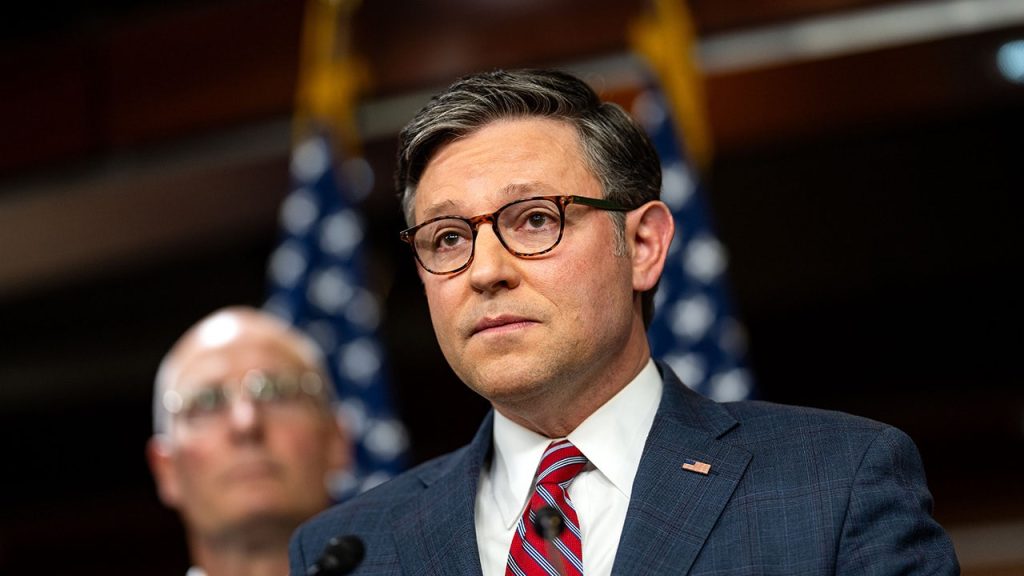The looming threat of a partial government shutdown dominated the political landscape in late September 2023, culminating in a frantic scramble by lawmakers to reach a consensus on a spending package. The initial bipartisan agreement, a hefty 1,547-page document designed to extend the government funding deadline until March 14, collapsed under the weight of external pressures, notably criticism from influential figures like Elon Musk and Vivek Ramaswamy. This initial setback highlighted the fragility of the negotiated deal and underscored the deep divisions within the political spectrum regarding government spending.
Following the failure of the initial bipartisan effort, a more concise, Trump-backed version of the spending bill was presented to the House. However, this revised proposal also failed to garner sufficient support, further intensifying the pressure on lawmakers as the shutdown deadline drew nearer. The political maneuvering and shifting alliances reflected the complexities of the situation, with the specter of a government shutdown hanging heavily over the proceedings.
In a last-ditch effort to avert the impending crisis, the House finally succeeded in passing a funding bill just hours before the deadline. The vote, however, was far from unanimous, with 34 House Republicans breaking ranks to oppose the legislation. This Republican opposition, despite the looming threat of a shutdown, underscored the internal divisions within the party and the influence of various factions. No Democrats voted against the bill, showcasing a unified front within the party on this critical issue. One Democrat, Rep. Jasmine Crockett of Texas, voted “present,” a neutral stance that further highlighted the polarized nature of the debate.
The Republican opposition to the funding bill stemmed from a variety of concerns, primarily focused on the level of spending and the perceived lack of fiscal responsibility. Rep. Tim Burchett of Tennessee, one of the dissenting Republicans, expressed his reservations about granting the Biden administration access to significant funds for a short period. This sentiment resonated with other fiscal conservatives within the party, who viewed the bill as an example of excessive government spending. Some critics also pointed to the absence of specific provisions favored by former President Trump, further complicating the political calculus.
The list of Republican representatives who voted against the bill includes a diverse array of figures from across the ideological spectrum within the party. This diverse group of dissenters included prominent conservatives like Reps. Jim Banks, Andy Biggs, Dan Bishop, Lauren Boebert, and Chip Roy, as well as more moderate members. Rep. Boebert’s stated reason for opposing the bill – her desire for the return of former President Trump – offered a glimpse into the influence of Trump’s legacy on the Republican Party and the ongoing internal struggles over its future direction. The varied motivations behind the “no” votes highlighted the challenges facing Republican leadership in uniting the party around a common agenda.
The successful passage of the funding bill in the House, despite the Republican opposition, marked a critical juncture in the process. The bill then proceeded to the Senate for consideration, where its fate remained uncertain. President Biden signaled his willingness to sign the bill if it reached his desk, indicating his preference for avoiding a government shutdown. The final outcome, however, hinged on the Senate’s ability to navigate the complex political landscape and reach a consensus on the legislation. The narrow margin of victory in the House and the public pronouncements of various senators suggested that the Senate vote would be a closely watched and potentially contentious affair. The entire episode served as a stark reminder of the challenges of governing in a deeply divided political climate and the ever-present threat of gridlock in addressing critical national issues.

